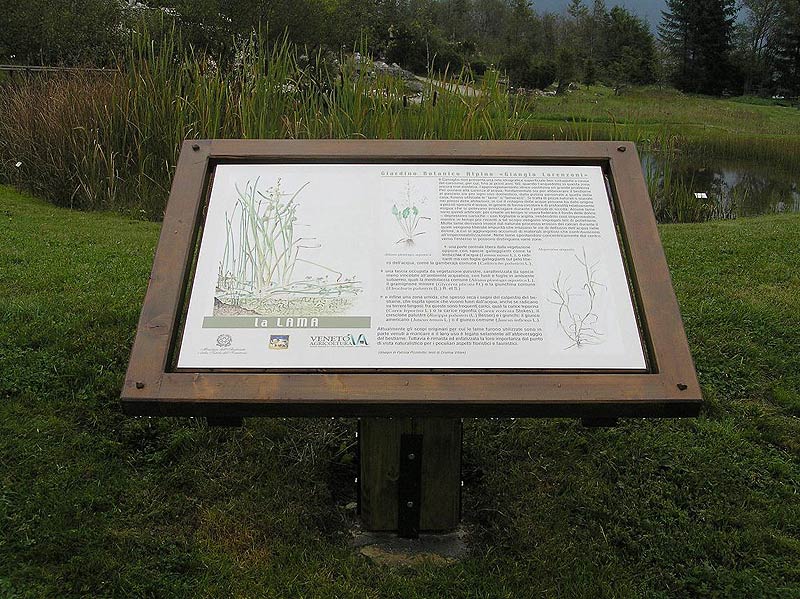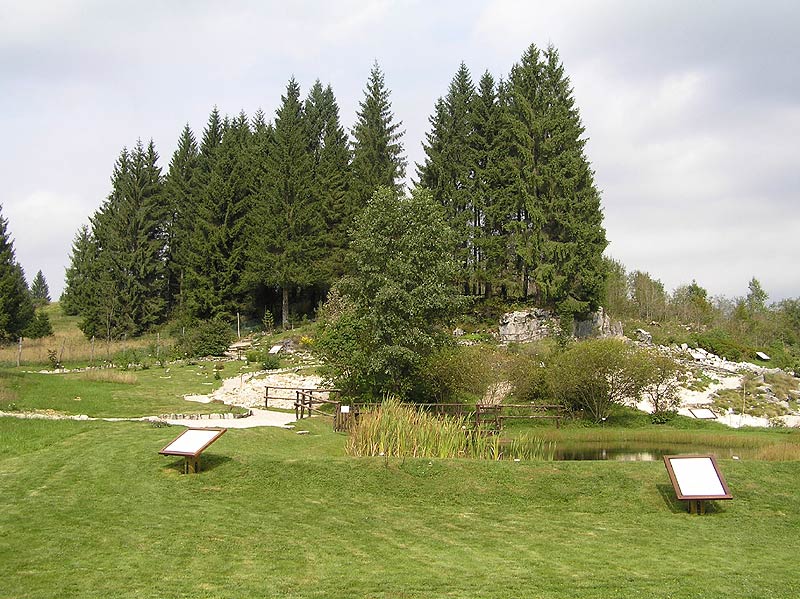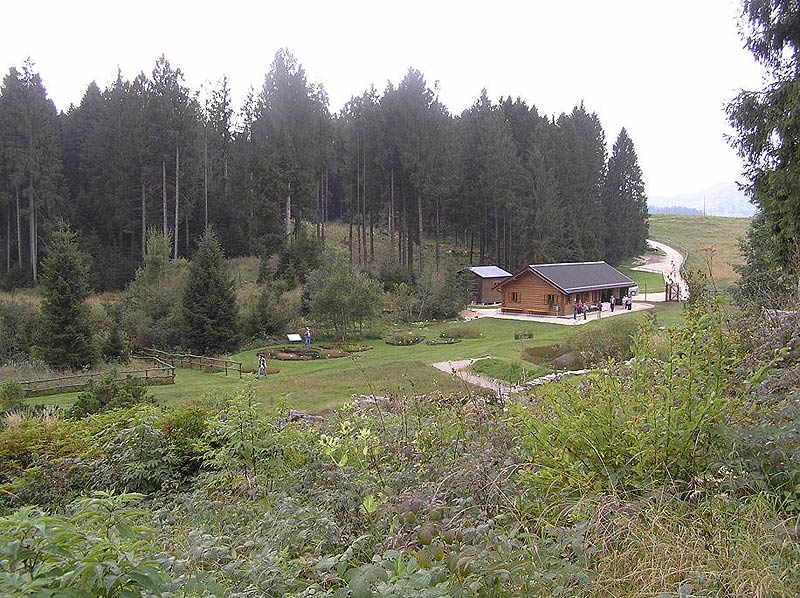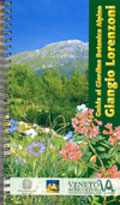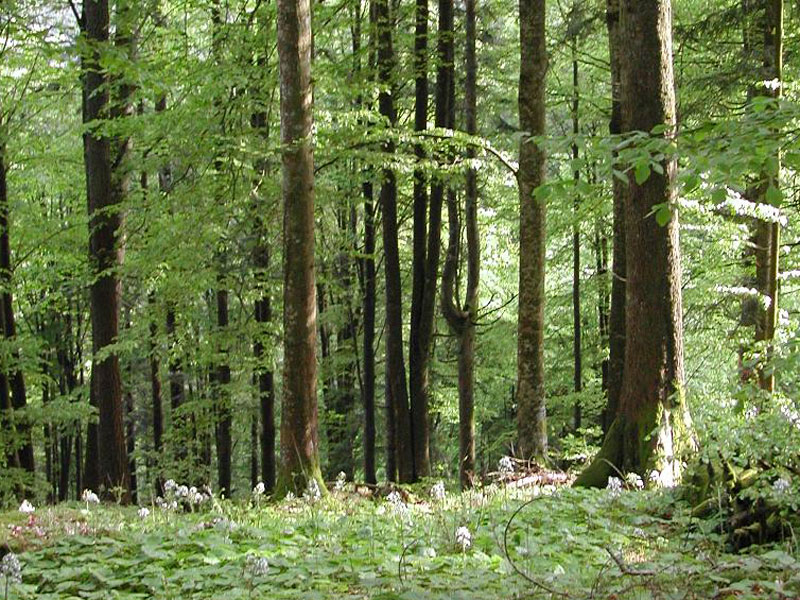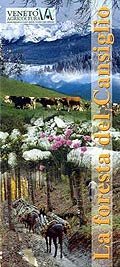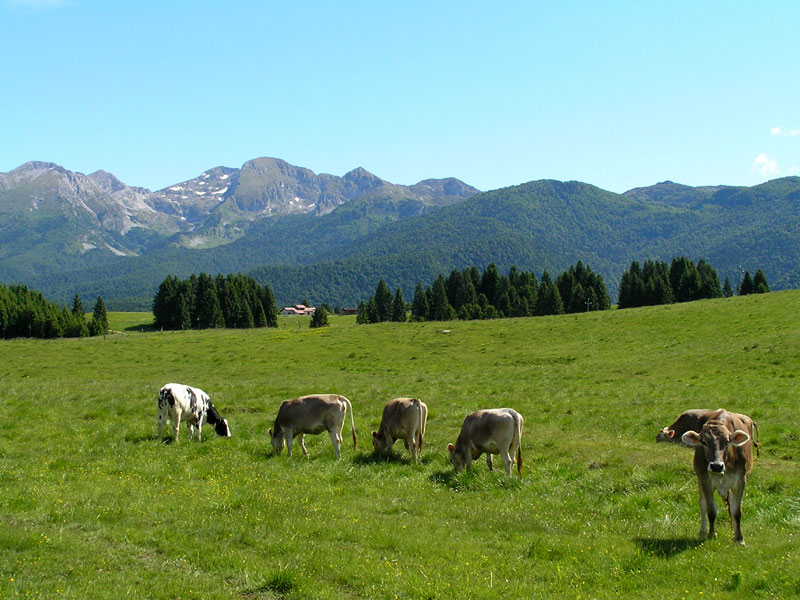Points of Interest
G. Lorenzoni Alpine Botanic Garden
The Alpine Botanic Garden planned in 1972 according to the will of
prof. Giovanni Giorgio Lorenzoni of the University of Padua and the
Forest Inspector Giovanni Zanardo, was inaugurated in 1995 and
enlarged in recent years.
This place gathers over 700 species
of plants present in the area of Cansiglio and Col Nudo-Cavallo, and
offers the visitors the possibility to observe their features, learn
their environmental distribution and enjoy their beauty.
Besides educational and aesthetic aims, the botanic garden has
scientific and conservation goals: as a matter of fact, it is possible
to study the several aspects of the flora in the complex ecological
relations and at the same time to create a place gathering rare and
autochthonous species.
The activities of the Garden are also supported by the contribution of
the volunteer association "Amici del Giardino Botanico Alpino del
Cansiglio".
Along the marked trails and paths in the gardens, you will find descriptive panels on the environments:
|
|
|
The gardens are provided with a visitor center and information point where you will find three more general panels on the main aspects of Cansiglio and of the Gardens: "Cansiglio Plateau - geography and geomorphology", "Cansiglio Plateau – Vegetation", "Giangio Lorenzoni Alpine Botanic Garden"
Opening hours
- on holidays 10.00 a.m. - 12.30 p.m. and 2.00 p.m. - 6.00 p.m.
- on weekdays 10.00 a.m. - noon and 1.00 p.m. - 5.00 p.m.
Closed on Mondays and Tuesdays.
Cansiglio Plateau
Cansiglio Plateau presents one of the most beautiful and large forests of Northern Italy, and it is a mountain outpost over the plain of Venetia, in the southern-eastern Alps. It presents important and valuable floristic, vegetational, wildlife, and historical-anthropical aspects which are well-displayed in the Ecological Museum, in the Botanic Garden, and in the spectacular karst phenomena (dolines, swallow holes, abysses, etc.).
Cansiglio Forest
The Forest has been one of the most important ones in the "Serenissima" ("Bosco da Reme") which needed million of trunks for its own ships (galleys), for the palafittes of the houses, and for the glassworks. The Wood is also an example of a wisely-administered economic resource, in the past by the Venetian Republic, and nowadays by the State Forests. Also the evidences of the Cimbrian settlements (a typical population which lived and worked in the Forest) are very interesting: among them the village of Vallorch (a Cimbrian settlement) and the Ethnographic Museum.
Tambre
It is difficult to establish the date of foundation of the town; in
Valturcana seven skeletons of possible barbarian origin were
discovered. It already existed without a doubt in the 13th century; it
developed, and in 1612 its inhabitants were 115. In 1791 it separated
from the "Comunità dell'Alpago", and formed a Town with seven Rules. It
is the most Alpine town of the whole Alpago, since most of its country
wards are situated at an altitude going beyond the 900 meters above
sea-level.
It is an ideal place to spend summer holidays and to
practice winter sports thanks to its position in the North-West and the
favorable soil on which it lies. Cansiglio forest, a stretch
of which can be seen from Tambre, covers a part of the territory and
has played a central role in its history. The Frenchmen who arrived in
Alpago in 1797 destroyed great part of the wood, and they also stayed
in Tambre. For its altitude and position, its comforts, and the beauty
of the mountains raising at its shoulders and framed by a suggestive
and charming landscape, it is frequently visited by foreigners. Also a
very pure air, without any annoying and noxious dust lifted by the
continuous passing of cars; the resinous balsamic emissions coming from
the nearby conifer woods breathed by the lungs for their well-being and
their health, the sun rays directly investing the town and its
territory from the morning to the evening; an intensely blue and open
sky; a view of the mountains losing themselves in the far horizon;
green summits and gentle slopes where the children can play safely;
equipped hotels, easiness of communication: all this has made of Tambre
an ideal place for summer and winter holidays.
If we consider mountaineering, the mountains of Tambre present
easier and more difficult slopes, and therefore can be considered a
good school and gymnasium for mountaineering activities.


